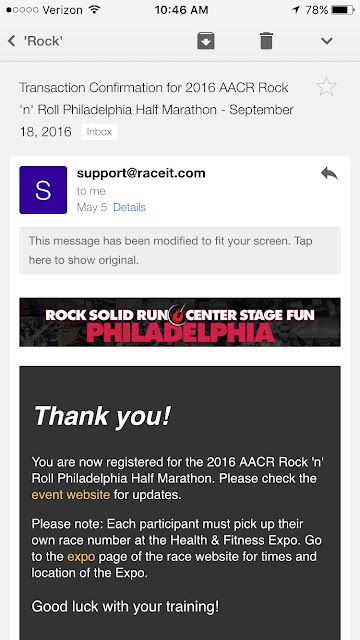 |
| Yum french toast! |
"Well, you can eat whatever you want because you run."
People who say that... have never run. Simple as that.
The only way to really explain this is to take food and nutrition out of the equation. Please realize, though, that what you put in your mouth is 80% of your success when it comes to your health. So really, it doesn't matter if you're running, lifting, doing HIITs, or flying through the air like Peter Pan, you're not going to lose fat, build muscle, or reach any of your goals if you're not eating for your goals.
Ok, now that we have that cleared up...
The trouble with weight loss
The idea of weight loss is relatively simple. Burn more calories than you eat. Boom, lose weight. However, if it were that simple, everyone would find success with it. There are many many factors that affect what and how your body reacts not only to the exercise you do but to the food you put in your body. "Weight" can come from fat, from muscle, from bloat, from water, from inflammation. Genetics and diseases and medical issues can often determine how your body reacts with and to the food you put into it. There is also human error. There is no possible way to TRULY know how many calories you are burning, whether it's during your actual workout, after the workout, or during your daily life.
What running does for your body
If your an average runner, running because it's good for you or running because you're training occasionally for a moderate-length race, you're probably doing most of your running as steady-state cardio. You run for a certain length of time at a comfortable pace, maybe 60-70% of your maximum capacity. Basically, you're just trying to run a certain distance or for a certain length of time without dying in the middle. This is what I do. Exercising this way is EXCELLENT for you, don't get me wrong! It strengthens your heart and cardiovascular endurance, decreases your resting heart rate and blood pressure, increases your lung and heart volume, improves your circulation, among other things. And if your goal is to say you finished a race and didn't die, then your first order of business is going to be to build upon your steady-state runs. However what steady-state cardio doesn't do is build strength, muscle, power or burn any substantial amount of fat.
What HIIT does for your body
HIIT stands for High Intensity Interval Training. Basically, you do some kind of cardiovascular activity at 90-100% of your maximum capacity for a short time, usually about two minutes or less, and then some kind of rest or low-intensity activity for another short period of time, usually less than three minutes. These two alternate back and forth for a total of no more than about 20 minutes. What you do during your high and low intensity intervals is up to you, as long as your really pushing to your max cardio ability during the high intensity parts. You should not be able to hold a conversation during your HIIT. In fact, you should push so hard that you couldn't go a second longer than the amount of time you've allotted for that exercise! When you work out like this, something called the "afterburn effect" or EPOC (Excess Post-Exercise Oxygen Consumption) happens. Your body continues to burn calories, and fat, LONG after you've finished working out. Your resting metabolism increases, and your body becomes more efficient at using fat as fuel. Depending on what exercises you choose for your HIITs, you may also build power. Yay!
What running and HIIT don't do for your body
Neither steady-state cardio like running nor HIIT will really help you build strength and muscle. The fastest, most effective way to build strength and muscle is by weightlifting, and that is an entirely different blog post. Just know that building muscle is another great way to burn fat (and frankly, my favorite way #dontputmedownforcardio).
Final thoughts
Whatever way you choose to workout is up to you! The point is that you're working out! I personally hate cardio, especially cardio where I'm pushing myself to my max, so you'll almost never find me doing HIITs. When I'm running, my goal is to train for a distance race, so I stick to steady-state cardio training. I choose to use weightlifting as my tool to burn fat. HIITs are a fantastic way to burn fat in a short amount of time, so if you don't have a lot of time, HIITs may be the answer for you!
 |
| Distance, baby |
Sources:
https://www.cellucor.com/blog/cardio-throwdown-steady-state-vs-hiit
https://experiencelife.com/article/steady-state-cardio-vs-high-intensity-interval-training/





























